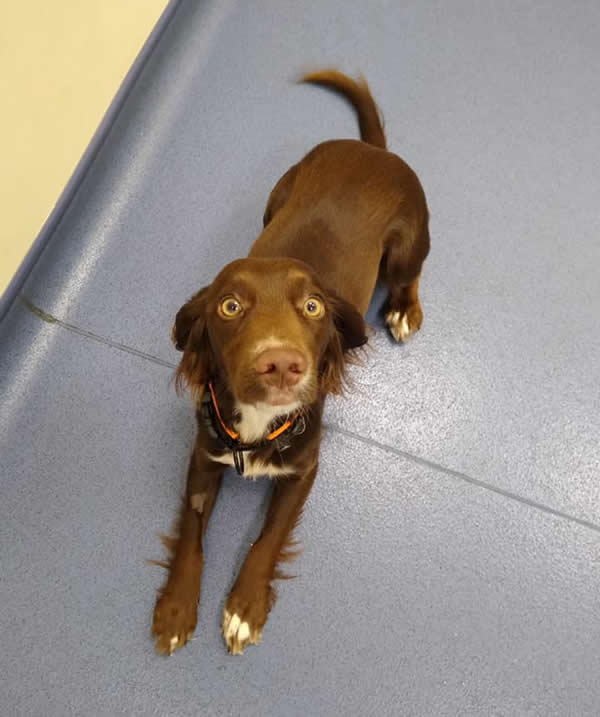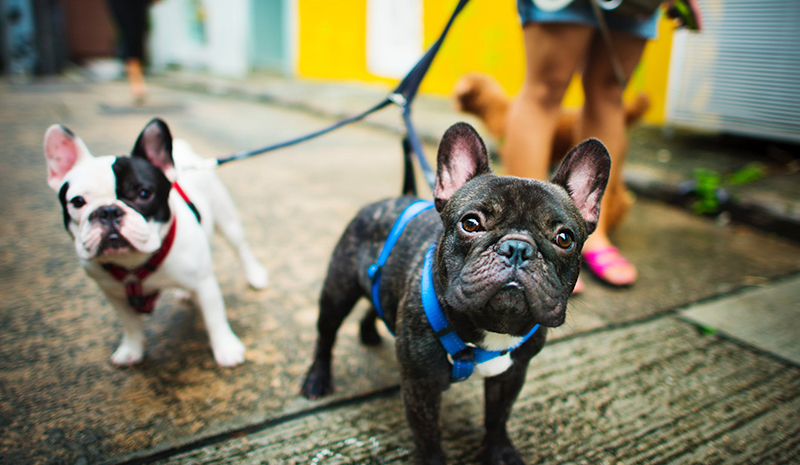Summer is a wonderful time of the year to be out and about with our canine friends, but hot weather carries some particular dangers for pets, as they have limited capacity to lose heat & cool down. Whereas we humans sweat, which allows cooling of the surface of the skin by evaporation, dogs & cats only have a limited ability to sweat ( through their paw pads ).
The main method dogs employ to keep cool is heat exchange across the tongue surface by panting. Cats will only rarely open their mouths to pant ( & this generally if they are stressed or have underlying heart or lung disease ). This means they are less efficient at thermoregulation than humans.
As body temperature rises, panting will become inadequate for losing heat & the process of self regulation fails, leading to hyperthermia and heat stroke.
- Never leave an animal in direct sunlight eg in a hot car, room or ‘suntrap’ area of the garden. The temperature inside a car on a hot summer’s day can increase to over 50C+ within 15 minutes, a situation which would prove rapidly fatal to an animal locked inside.
- Always provide shade & cool water.
- Avoid activity in the hottest part of the day, walk early morning & late evening. Be aware that for very active dogs, it is possible to develop exertional heat stroke when the weather is unseasonably warm & they have not had the chance to acclimatise to it.
- Extra care should be taken with very young, very old or debilitated animals. Brachycephalic ( short-nosed ) breeds, overweight dogs & those suffering from laryngeal paralysis are at increased risk, but it is important to remember that even young, fit & healthy dogs can develop heat stroke.
- Avoid long car journeys. On shorter journeys ensure the car is kept cool and well ventilated.
- Take water on walks.
- Spray the pet with cool water.
- It is possible to buy fitted cooling jackets for dogs.
- Consider this an emergency, heat stroke can be fatal.
- Move the pet to the shade.
- Dampen the pet all over with cool ( but not freezing cold ) water, especially around the back of the head & neck, but taking care not to allow water to run into the nose or throat. Keep refreshing the water, or if possible wrap pet in a wet towel with a fan blowing across them.
- Contact us! It is worth taking a few minutes to start the cooling process before transporting the pet to the vet, studies have shown that mortality is significantly decreased by doing this. Once at the vets, admission of the pet may be required for the administration of intravenous fluids.
- Allow the pet to drink if he or she wants to, but do not attempt to force them to drink.
As always, prevention is better than cure, so it’s worth thinking about ways to keep your pet cool and safe on a hot day.





